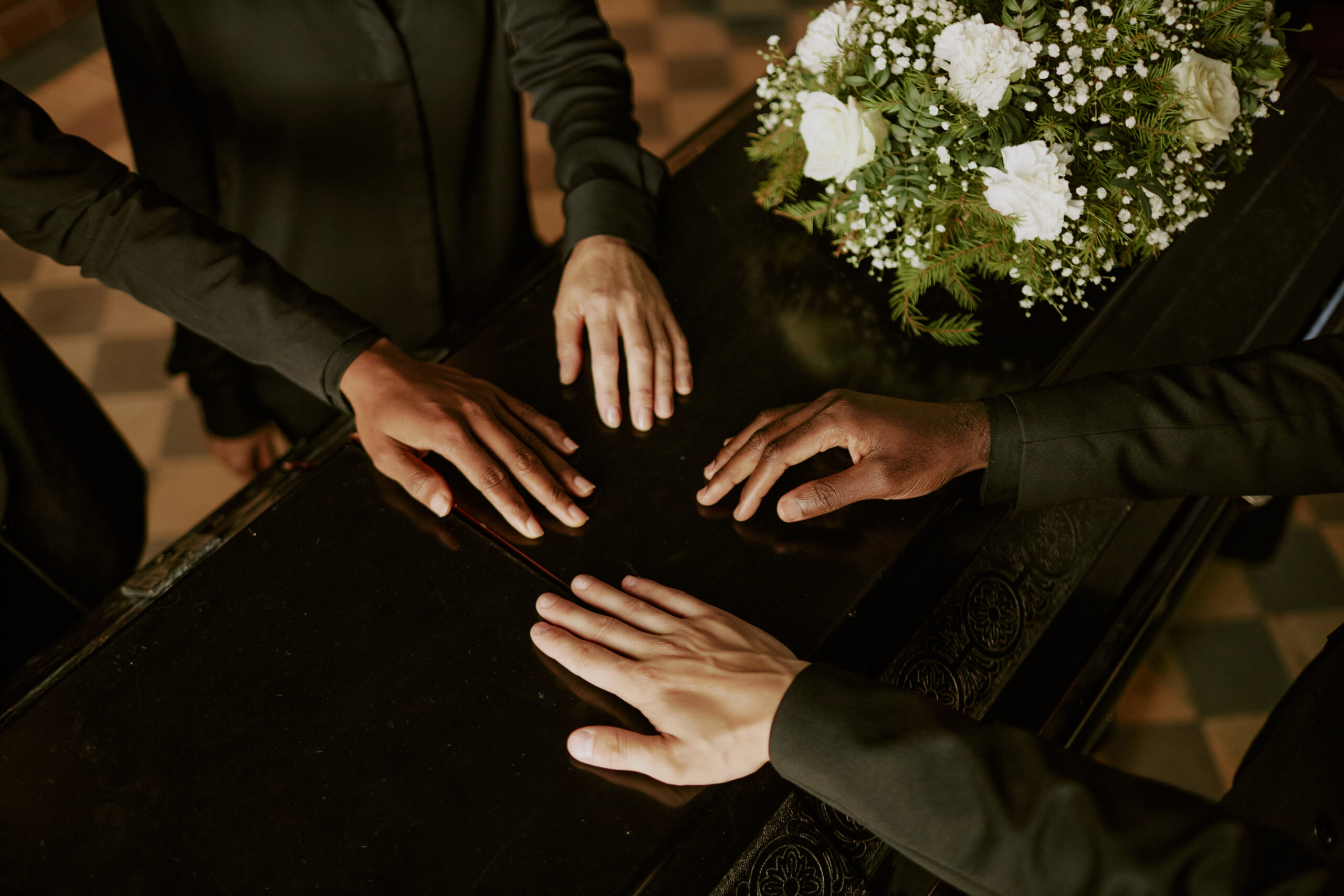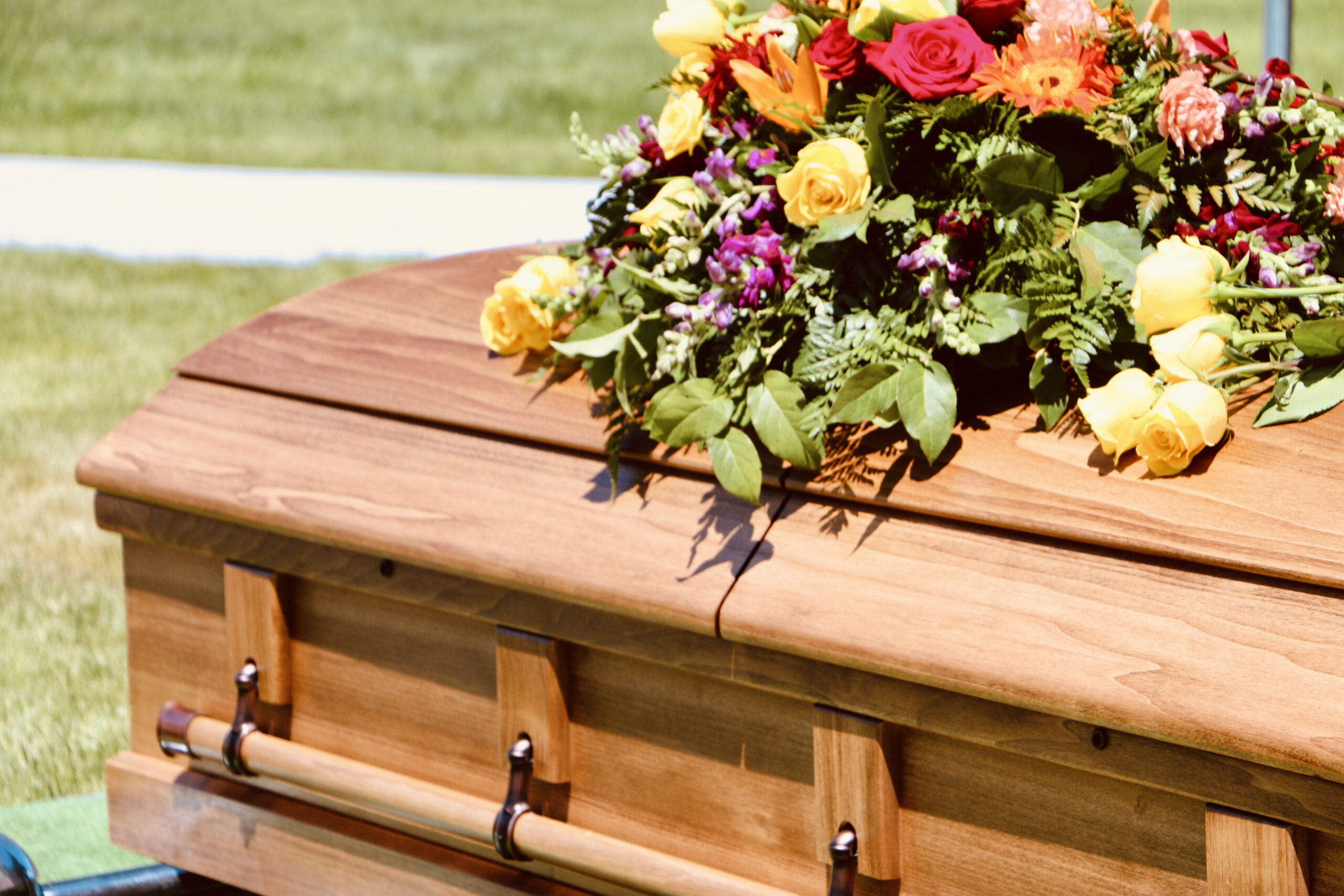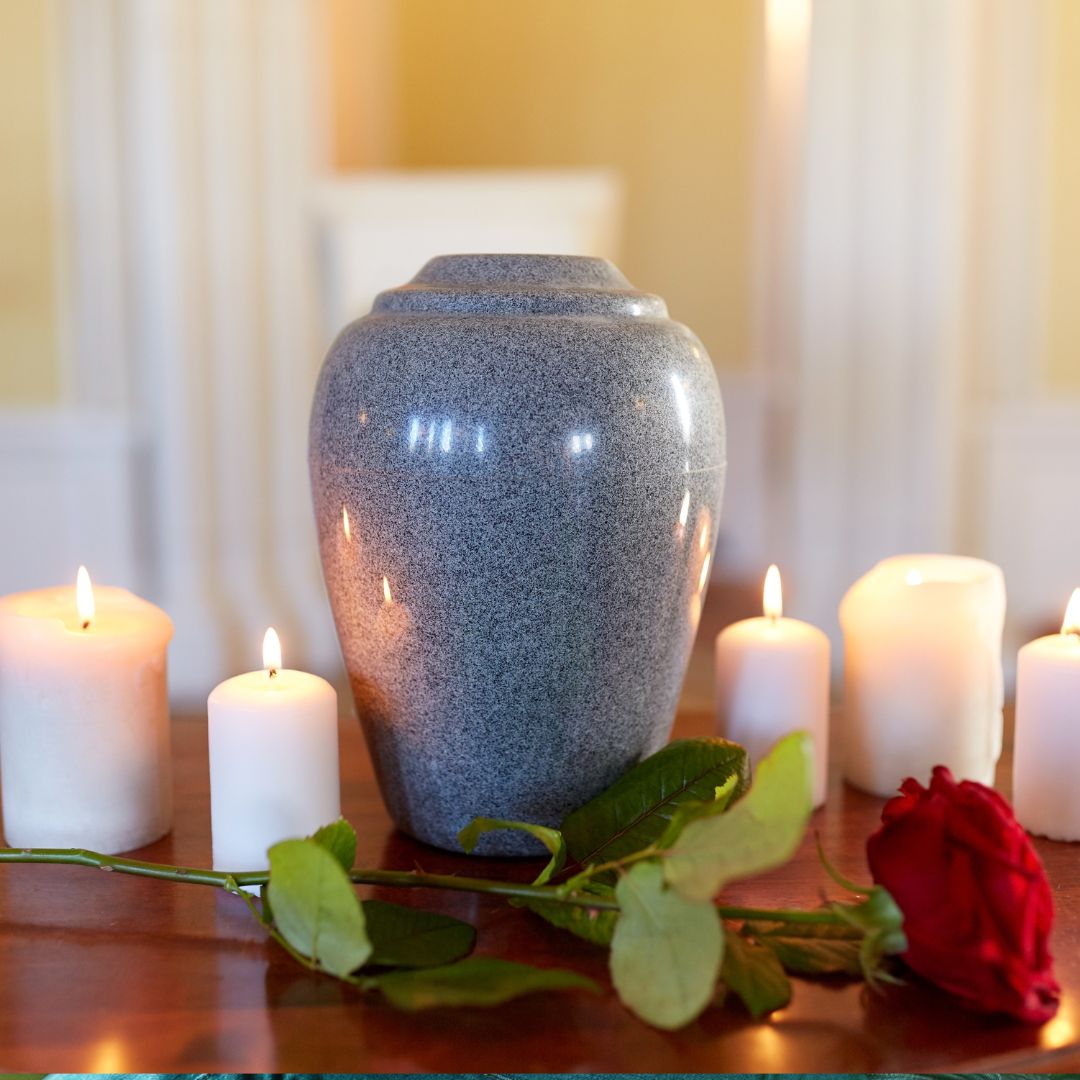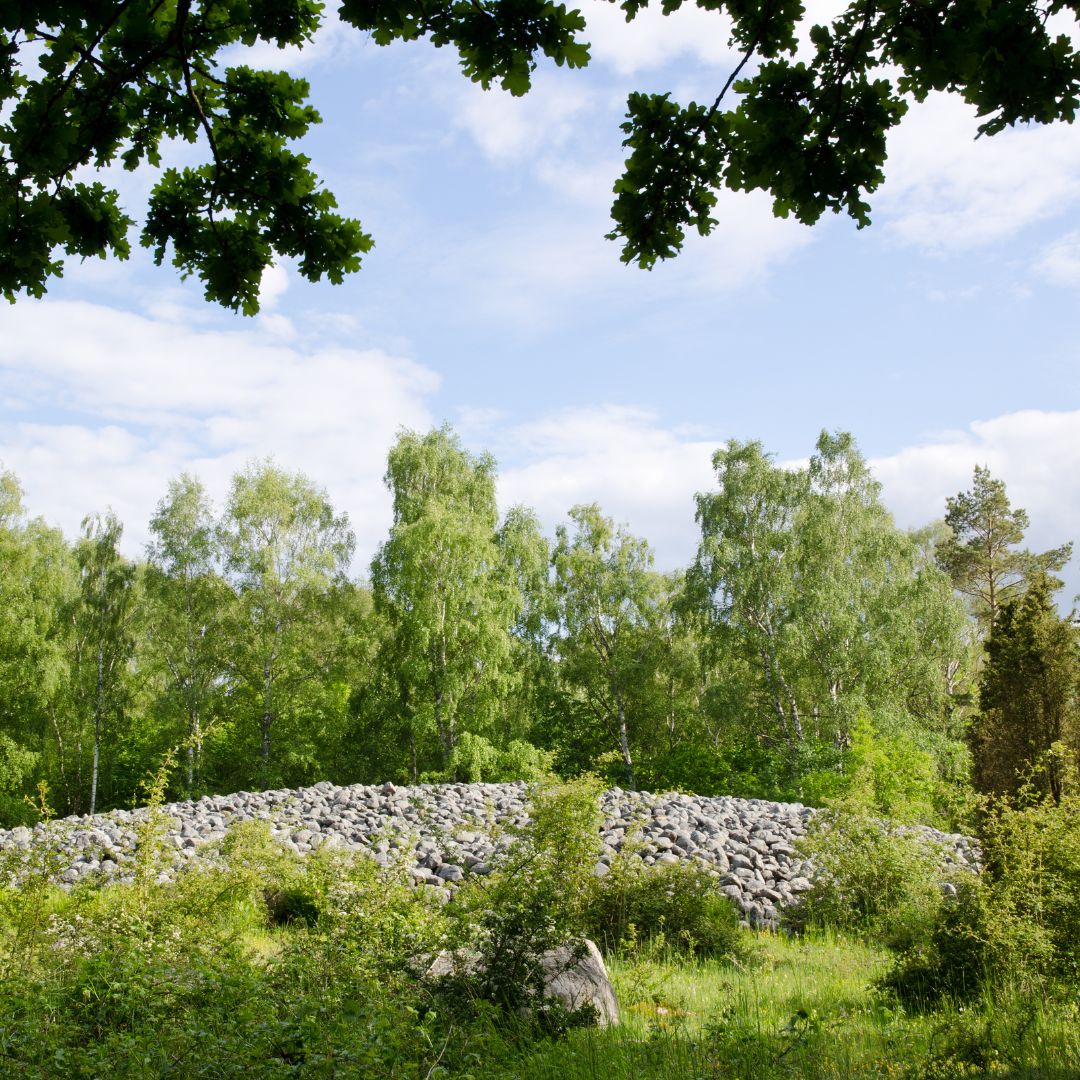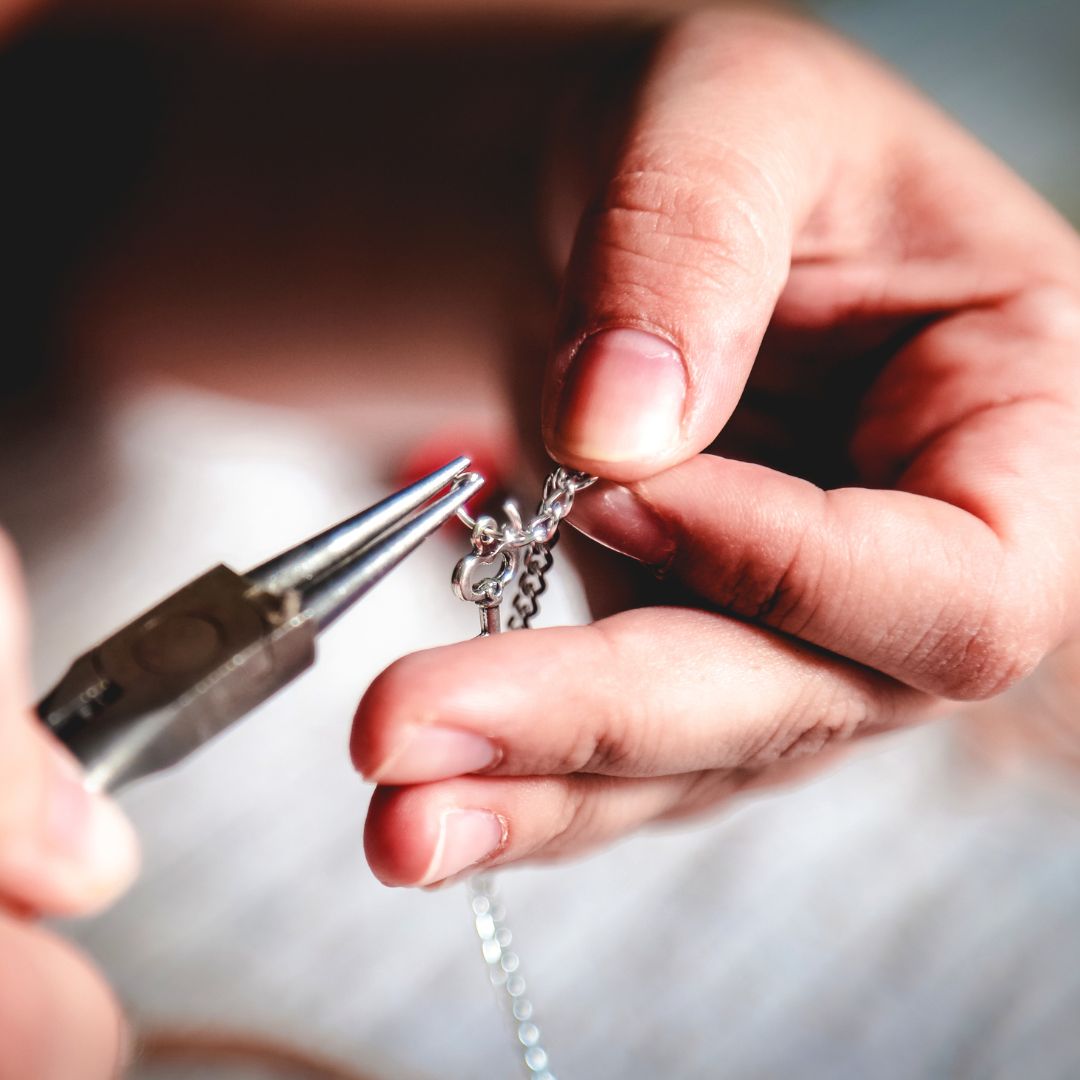Cremation, as an end-of-life choice, is embraced by many cultures and religions around the world, each with its own set of customs and traditions. Incorporating cultural and religious practices into a cremation service allows families to honor their loved ones in a way that is meaningful and true to their heritage. Here are some ways to incorporate cultural and religious traditions in cremation, providing ideas for a personalized and respectful memorial.
1. Hindu Cremation Traditions
In Hinduism, cremation is the preferred method for the final rites. Traditional Hindu cremation includes rituals like lighting the funeral pyre, which symbolizes the release of the soul. In a modern cremation service, family members can light a ceremonial lamp or candle before the cremation to honor this custom. Additionally, ashes are often scattered in a sacred body of water, such as the Ganges River, but families can also choose a meaningful local body of water to maintain this sacred connection.
2. Buddhist Cremation Practices
In Buddhism, cremation is seen as a way to release the soul and facilitate reincarnation. It is common for monks to chant prayers or sutras during the service to help guide the soul on its journey. Families can incorporate this tradition by inviting a monk to offer blessings or by playing recorded chanting during the service. Setting up a small altar with incense, flowers, and a photo of the deceased can also reflect traditional Buddhist customs.
3. Christian Cremation Ceremonies
While burial has traditionally been more common among Christians, many denominations now accept cremation. Families can incorporate elements such as prayers, hymns, and readings from the Bible into the cremation service. A memorial service at a church or chapel, followed by a ceremonial scattering or interment of the ashes, can help maintain a sense of tradition and spirituality.
4. Jewish Cremation Considerations
Traditional Judaism favors burial, but some Reform and progressive Jewish families may choose cremation. For those who opt for cremation, it can be meaningful to incorporate traditional Jewish prayers like the Kaddish or to hold a memorial service at the synagogue. The focus on honoring the deceased with dignity can still be preserved through customs such as covering mirrors during the mourning period or observing Shiva.
5. Indigenous and Native American Traditions
For many Indigenous and Native American cultures, cremation rituals can vary widely, depending on the tribe and their customs. Some tribes view cremation as a way to return the body to nature, and they may incorporate specific prayers, songs, or dances as part of the ceremony. Families can honor these customs by incorporating traditional songs or drumming into the service and by holding the ceremony in a natural setting that holds cultural significance.
6. Sikh Cremation Practices
Cremation is the preferred method for Sikhs, and the cremation ceremony, known as Antam Sanskar, involves reciting prayers from the Guru Granth Sahib. Family members can read or play recordings of these prayers during the service. It is also traditional to scatter the ashes in flowing water, symbolizing the soul’s return to the universe. Families may choose a meaningful river or body of water to honor this tradition.
7. Japanese Cremation Traditions
In Japan, cremation is the most common practice, and it is often followed by a ritual called “bone picking,” where family members use chopsticks to transfer the bones to an urn. To adapt this tradition, families may opt for a symbolic gesture, such as placing flowers or a small token into the urn. Including elements of Buddhist chanting or creating a small home altar with incense can also reflect Japanese customs.
8. Incorporating Symbolic Gestures
Symbolic gestures can play a significant role in honoring cultural and religious traditions during cremation. Lighting candles, burning incense, or offering flowers are simple but powerful ways to incorporate traditional customs into a cremation service. Families can also include specific colors, symbols, or artifacts that are culturally significant to create a connection to their heritage.
9. Creating a Sacred Space
Setting up a sacred space during the cremation or memorial service can help incorporate cultural and religious elements. This can include placing a photograph of the deceased along with items such as candles, flowers, incense, or religious symbols. Sacred spaces provide a focal point for prayer, meditation, or reflection, allowing family members to connect with their beliefs and honor their loved one in a meaningful way.
10. Involving Religious Leaders
For many families, involving a religious leader in the cremation process can be an important part of incorporating traditions. Whether it is a priest, rabbi, monk, or other spiritual leader, having them present to offer prayers, blessings, or guidance can provide comfort and help maintain the sacredness of the ceremony.
Incorporating cultural and religious traditions into a cremation service allows families to create a meaningful farewell that respects the beliefs and values of their loved one. Whether through prayers, rituals, symbolic gestures, or sacred spaces, these elements help bring a sense of peace, continuity, and connection during a time of loss.


